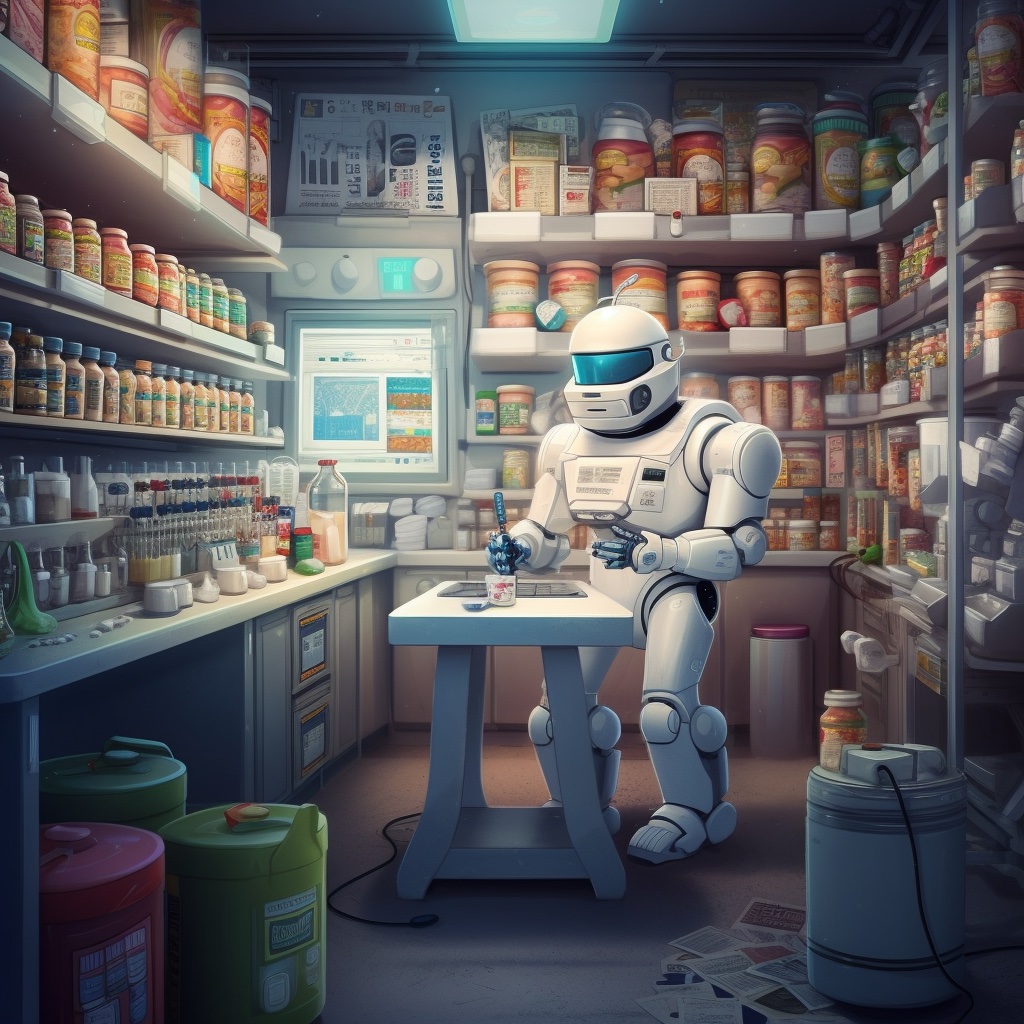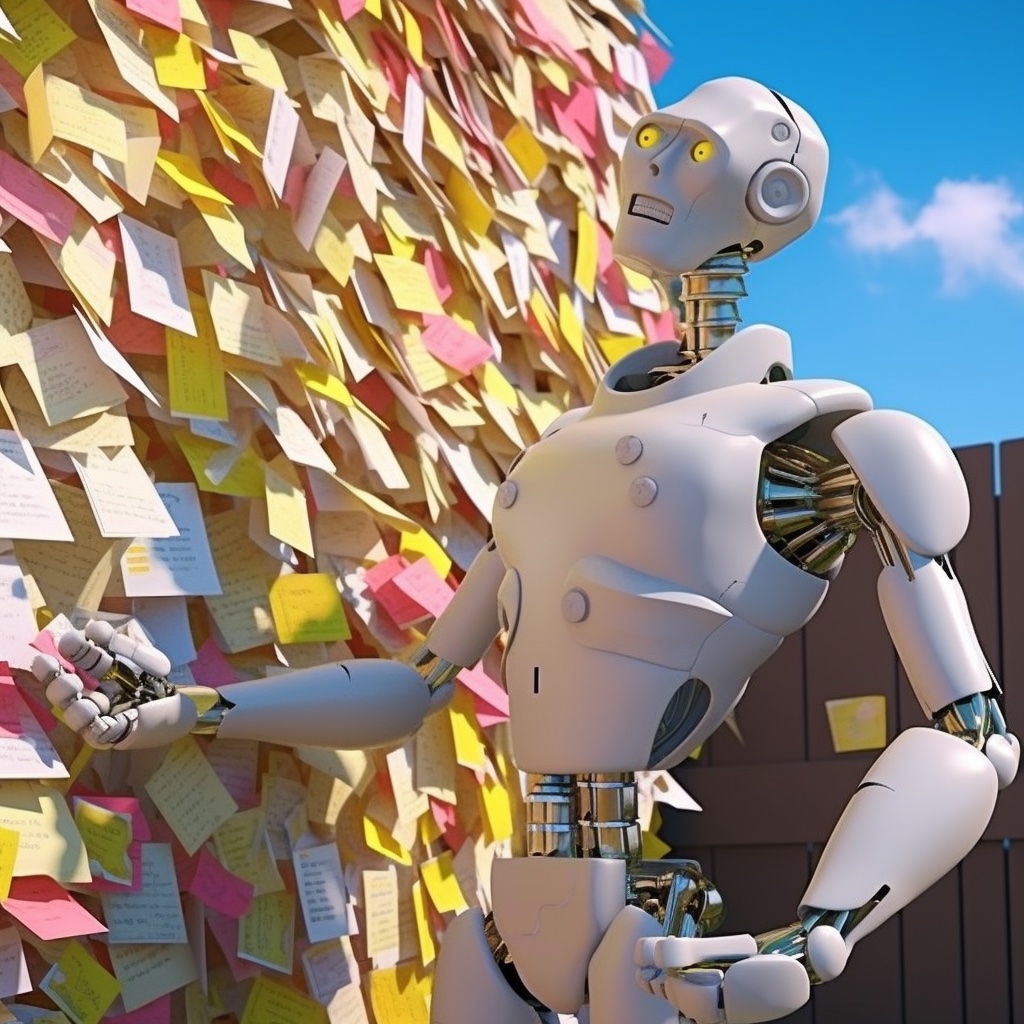

The preceding paragraph was generated by ChatGPT, an artificial intelligence (AI) chatbot developed by OpenAI and released at the end of 2022. Asked to describe itself while emphasizing its strong points and shortcomings, the chatbot claims to generate creative ideas that may not be feasible. But how creative is it really, and are its ideas worth considering and patentable?
In this article I will discuss the potential of AI chatbots for product concept generation. What are the best ways to have a chatbot generate useful concepts that may lead to viable products? It’s clear that all AI chatbot output requires careful checking, because it could be fictitious. A Manhattan lawyer found that out the hard way when he cited ChatGPT output in court documents. The court cases that the chatbot cited were entirely nonexistent.
Before ChatGPT: product concept generation by ideation methods
Traditionally, new product concepts are generated by brainstorming ideas to address consumer or customer needs. The ideation challenge questions are based on consumer insights, which can be found by marketing research surveys and questionnaires or by immersing oneself in the consumer experience. This is known as design thinking. Books have been written about this approach.
However, design thinking has been criticized for valuing ideas over implementation. The outcome of an ideation process is often a long list of ideas, some very superficial and naïve, with short shrift given to how the ideas will be implemented.
Putting novel ideas into practice is difficult. Not only can there be significant engineering challenges, organizations generally resist change, especially that motivated by new and untested ideas with uncertain value and risk.
AI chatbots have the potential to change this situation by making ideas easy to source in quantity. It’s not clear if we still need in-person ideation sessions if an AI chatbot can quickly generate hundreds of ideas. The quality of those ideas may not be any better than that of ideas produced by traditional brainstorming sessions, but with the right targeted challenge questions, AI can come up with good ideas, as I will show.

How to use AI chatbots for idea generation
The chatbots respond at length to any question in verbose, natural language. As in ideation sessions, it’s critical to ask the right questions. It greatly improves the results to spend some time optimizing the challenge question. I was taught the “helps-hinders” technique to improve “how might we?” questions. Another technique, and there are many others, is the “5 whys” method, where the ideation participants ask why in response to the challenge question, and again, for 5 iterations.
For example, if the question is how to develop a better functioning gadget, one could ask what would hinder the gadget from functioning better, or what would help it. It might turn out that the reason the gadget is not functioning well is unrelated to its design. Rather, training the user or changing the operating environment would improve its function. The challenge question then becomes how might we improve the operating environment.
Similarly, the questions we ask the AI chatbots can be improved. Here the chatbots themselves can be helpful, since they can answer helps-hinders questions.
The instructions given to the chatbots can include ratings for each concept, for example for technical feasibility and for novelty. This is powerful because the output can be tabulated and the best rated results displayed first. A separate idea rating process turns out to be unnecessary.

Deeper insights by detailed questioning
In my experience, the first response by ChatGPT to a challenge question can be very generic. For example, asked for the top 5 market needs in cosmetics, the chatbot offers effective skin care, clean and natural products, inclusivity and diversity, personalization, and sustainability and eco-friendliness. It helps to be more specific. The response below is in answer to a question about new biological pathways to address skin aging.

This information is certainly specific and in depth, but doesn’t offer practical solutions to address these pathways. We can ask the chatbot for specific strategies.
Focusing on the first pathway, telomere maintenance, yields specific ingredients that were unknown to me as a skin care scientist. However, they are not fictitious. Astralagus Extract has been cited as known to stimulate telomerase activity, as was Cycloastragenol, Epitalon, and TAT2 Peptide. Triterpenoid saponins are a class of materials that includes cycloastragenol and salicylic acid. In this search, ChatGPT yielded promising ideas for further research.

Even though references for the telomerase activation activity can readily be found with an internet search, ChatGPT will not explain where it found its information. When asked, it gives a noncommittal response.

Finally, ChatGPT can suggest product formulations and those can give additional insights. Asked to generate a sunscreen formula with SPF 30, natural ingredients, and a low carbon impact, the following results. This formula is interesting because it uses Red Raspberry Seed Oil as a natural sunscreen agent, which is not a common sunscreen ingredient. Red raspberry seed oil is often claimed to have UV absorption capacity, but scientific studies have shown this to be negligible.

Novelty of AI ideas
In a useful simplification, SciFi author Ted Chiang described ChatGPT as a “blurry JPEG of the web”, meaning that it interpolates between data points on the internet as an image compression algorithm would. In that process some information needs to be filled in to create a representation of the original data. This leads to the AI chatbots generating text that may not be accurate or describes fictional information. Sometimes these interpolations can appear to indicate creativity. However, AI chatbots are not creative as humans are. Their output must be interpreted by a human to determine if it can be translated into novel ideas that have practical applications.
The need to verify ideas presented as facts by AI chatbots also implies that the chatbot output cannot be claimed as intellectual property. Information presented by the chatbots is in the public domain and not novel. In addition, patents require ideas to be novel but also useful and not obvious. An idea must be put into practice before it can be patented. This means that chatbot ideas can only yield inspiration for patents but not claim substantiation.
Conclusions
AI chatbots are a useful addition to the product development toolbox. If provided with focused challenge questions, they can generate ideas that may complement traditional brainstorming sessions or perhaps even make them unnecessary. The product developer’s time can be spent screening ideas for value and risk, as well as planning implementation of the ideas with the highest risk-adjusted value.
As discussed, the ideas generated by AI chatbots are not clearly novel or patentable. Another limitation is its text prompt-based input. It will not be able to generate ideas based on process diagrams and graphical data. This might change with future AI chatbots. Questions that need significant background information, e.g. “how can we make this process faster”, cannot easily be addressed.
In summary, the AI chatbots have the potential to fundamentally change idea generation for product development. The traditional brainstorming techniques using sticky notes with single ideas on each note may be obsolete. With AI, brainstorming shifts to considering how to improve and implement new ideas. Idea generation will become more practical and productive as a result.
Next steps
It would be interesting to see what ideas we can generate for your organization using AI chatbots. Schedule an introductory 15-minute phone call to explore how your organization could benefit from AI-assisted ideation.
Images with this article were generated by Midjourney.
